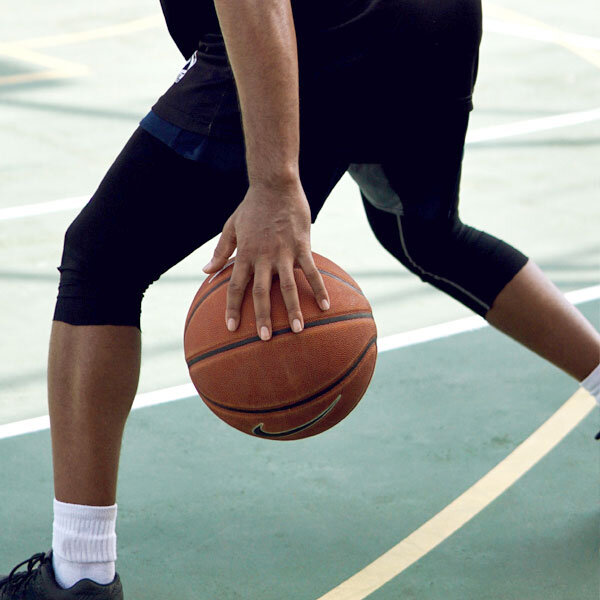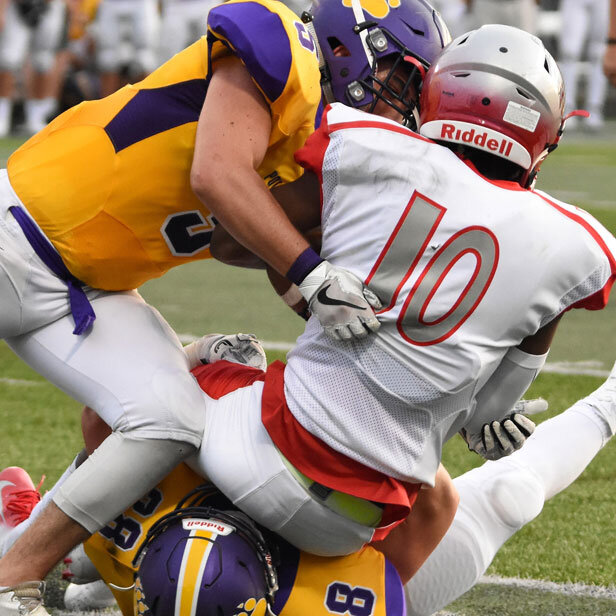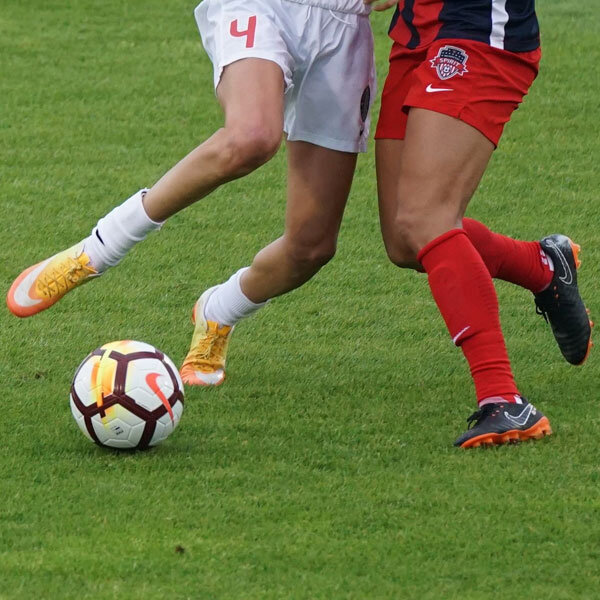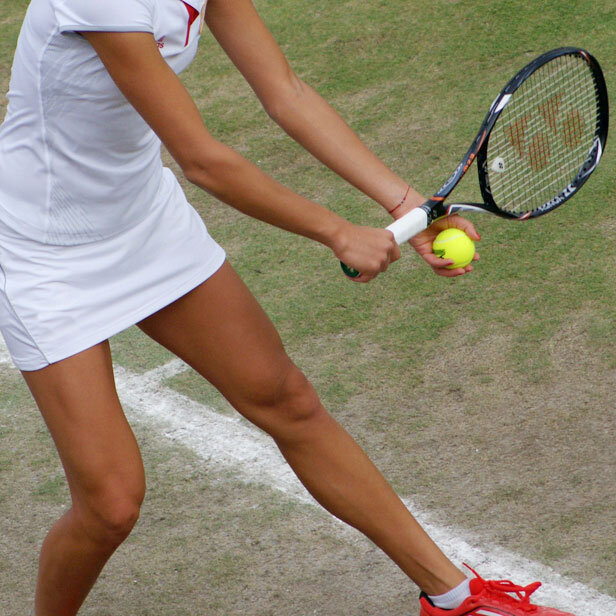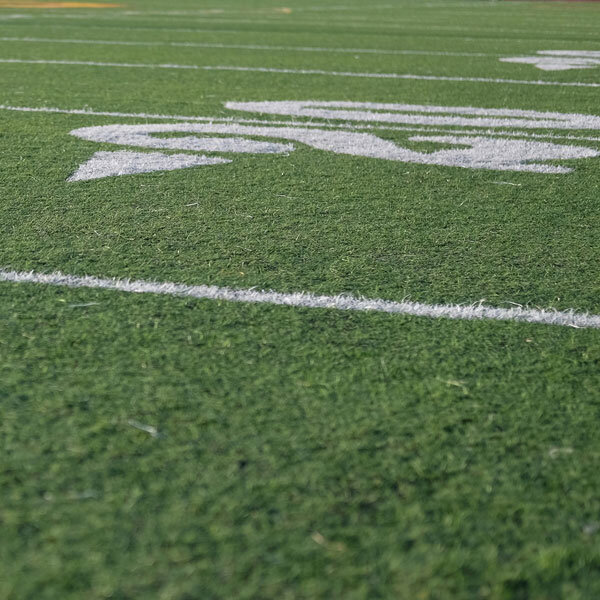POST OPERATIVE INSTRUCTIONS
PATELLA TENDON ACL REHABILITATION GUIDELINES
Post-op to 1 Week:
Begin PT within 3 days S/P surgery
The post-operative dressing may be removed 4 days after surgery. The steristrips should be left in place and the TED hose should be continued.
Exercises: Emphasize Full Extension
a. Isometric quad sets with support - biofeedback (BFB) over VMO.
b. Straight leg raises without brace.
c. Hamstring isometrics
d. Co-contractions of quadriceps and hamstrings
e. AROM/AAROM for flexion and extension – brace removed for home exercises and PT.
f. Weight bearing as tolerated with crutches and knee brace locked in extension.
g. Towel roll at ankle four times a day for 10 to 20 minutes
h. Prone hang for knee extension twice daily 10 to 20 minutes
i. Patella mobilization exercises
j. Edema control: TED support stocking, ice and elevation
1 to 2 Weeks
Continue prone hang and towel roll until patient has full extension.
Single and double leg press. Work on improving weight bearing stability.
Heel slides (to help restore knee flexion).
AROM/AAROM for flexion and extension – brace removed for exercises.
Avoid open chain leg extension exercises with resistance X 6 months postoperatively. Leg extensions without resistance are ok.Isometric hip adduction.
Quad sets with support - continue with BFB as needed.
Hamstring sets, bilateral bridging on Swiss Ball in extension.
Edema control: Resisted ankle plantar flexion with theraband in elevation.
D/C knee extension brace when there is good quad control.
Weight bear as tolerated, wean crutches as tolerated.
2 to 4 Weeks
1. Motion:
a. Prone hang and towel roll under heel until full extension is achieved
b. Manual assisted ROM:
Begin stationary cycling
I. May use oscillation pedaling for motion
II. Free spinning should be easy, short duration
c. Wall/heel slides
d. ROM Goal: 130° flexion by four weeks
2. Exercises:
a. Leg Press: Bilateral and unilateral.
b. Bilateral standing and seated heel raises.
c. Quarter squat when patient has good quad control.
d. Step ups, start with platform at 3 – 4 inches (i.e. 45° to 60° flexion)
e. PRE- hamstrings, hip adduction, hip extension, hip flexion, hip abduction if no patellofemoral problems.
f. No resistence with open chain knee extensions. No running, or jumping.
3. Wean crutches (from 2 to 1, then 1 to 0) and knee brace by 2-3 weeks as patient regains quadriceps control and weight bearing stability.
4 to 12 Weeks
Begin/advance proprioception exercises: Balance Board, single leg stability, jogging in place on the mini-trampoline when stable (8-12 weeks).
Joint and soft tissue mobilization as needed.
Stationary cycling / Elliptical / Stairmaster.
Squats and leg press (no limit on resistance).
Progress to lateral step ups with/without sport cord resistance.
AROM to full extension.
Unilateral standing and/or seated toe raises.
No resistance with open chain knee extensions. No running, or jumping.
Progress multidirectional hip, hamstring and gastroc-soleus PRE.
3 Months
1. Functional:
a. Swimming-freestyle (also power walking in water multidirectional). Breaststroke should be avoided.
b. Outdoor cycling (road biking) for strength and endurance per MD approval.
c. Treadmill incline walking for functional strength.
d. Drop jumps/box jumps from step.
2. Work on regaining full knee flexion.
3. Exercises:
a. Begin jogging / running program on track or treadmill. Progressively increase both pace and distance. No jumping or pivoting activities.
b. Eccentric quad exercises
c. Progress lateral stability exercises and proprioception activities including single leg stability.
4. Restrictions:
a. Avoid resistance with open chain knee extension.
b. No cutting or pivoting
4 Months
1. Strength goal: Single leg squat to 90° without pain.
2. Progress running program as tolerated. Progress to outdoor running after treadmill.
5 to 6 Months
1. Start low level sport specific exercises.
2. Restrictions – Avoid high risk activity (e.g. jumping, twisting, pivoting, cutting) and open chain leg extension exercises.
3. Progress running program to include acceleration, deceleration, lateral stepping, cross-overs as tolerated.c
6 to 7 Months: Discharged from formal physical therapy
1. Continue running program:
a. Progress agility training: Lateral and backward running, vertical jumping, jump rope, stair climbing, high knee drills, and figure of eight running.
b. Continue/advance sport specific exercises.
c. Assess single leg hop for distance: Goal 0.80 or greater (involved/uninvolved).
2. Exercises:
a. Continue with quadriceps and hamstring strengthening exercises.
b. Start open chain leg extension exercises (PREs). Progressively increase resistance as tolerated.
7 to 8 Months
1. Home exercise Program:
a. Continue rehabilitation, sports specific exercises and agility training.
8 Months
1. Return to contact sports.
If accompanied by medial or lateral meniscus repair, then modify as follows:
Post-op to 4 weeks:
Weight bear as tolerated with hinged knee brace locked in extension. Remove brace for isometric quadriceps exercises (leg lifts, quad sets) as well as A/PROM and patella mobilization exercises. No other resistance training.
4-14 weeks:
D/C hinged knee brace and weight bear as tolerated. Start closed chain quadriceps and hamstring exercises but limit flexion weight bearing activities to < 90 degrees of knee flexion (i.e. exercise bike, elliptical trainer, squats, leg press, etc,).
6 weeks:
Add exercise bike and open chain hamstring curls.
14 weeks:
Start straight ahead running program on track or treadmill. Progressively increase both pace and distance. No jumping or pivoting activities.
If accompanied by microfracture/chondroplasty procedure, then modify as follows:
Post-op to 6 weeks:
Non weight bearing with crutches. D/C brace when comfortable. A/PROM and patella mobilizations only. No resistance training.
6-16 weeks:
D/C crutches and weight bear as tolerated. Start closed chain quadriceps and hamstring exercises (i.e. exercise bike, elliptical trainer, squats, leg press, etc,).
16 weeks:
Start straight ahead running program on track or treadmill. Progressively increase both pace and distance. No jumping or pivoting activities.
Dr. McAllister's Orthopedic and Sports Medicine Areas of Speciality
